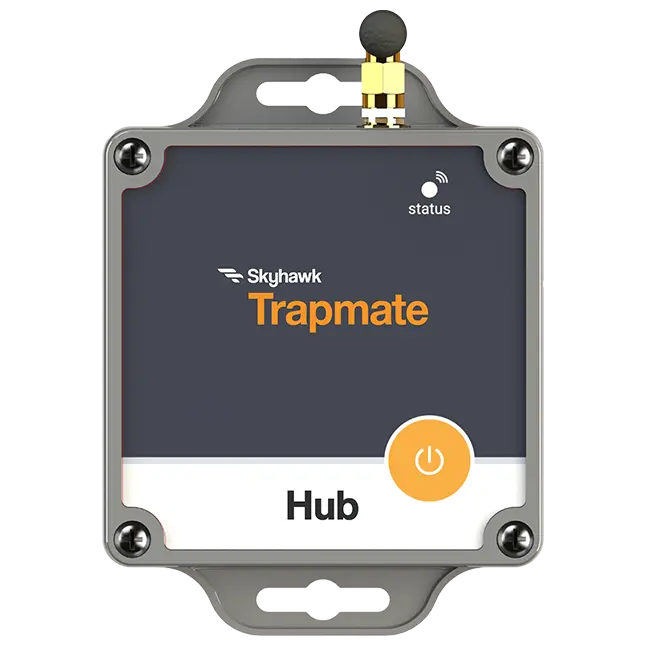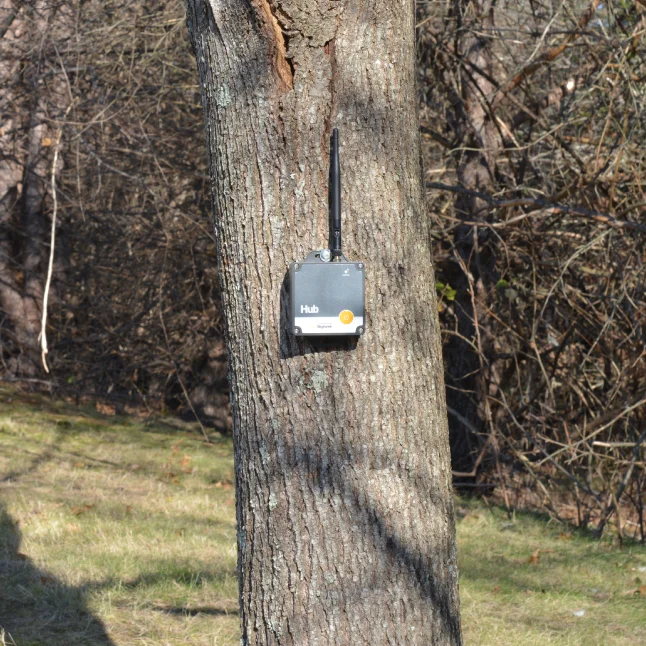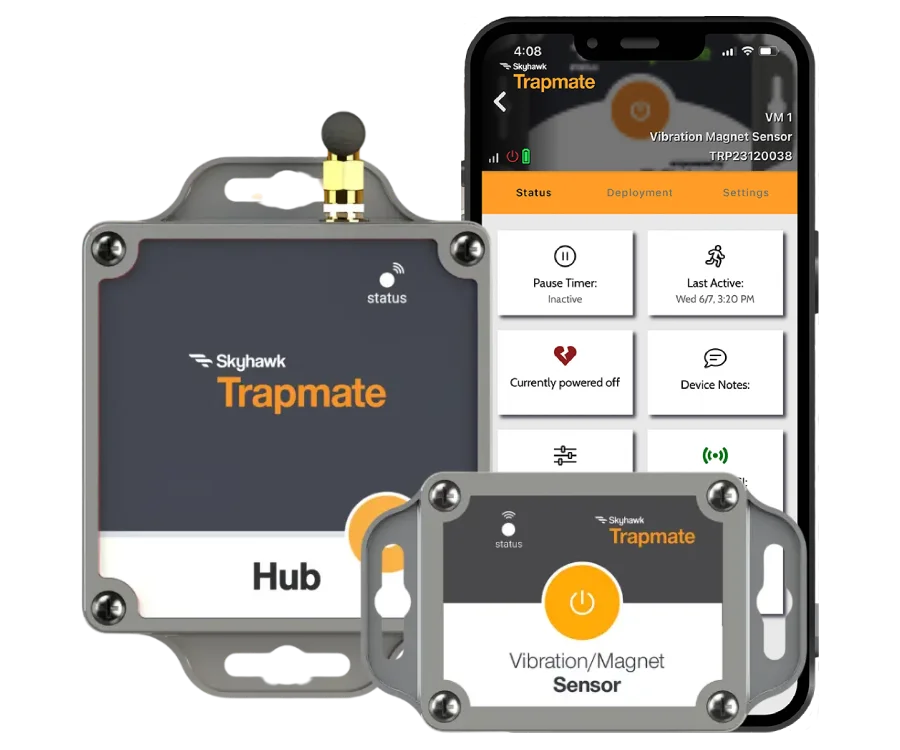Skyhawk Trapmate Hub’s Resilience in Hurricane Beryl
Skyhawk Trapmate Hub’s Resilience in Hurricane Beryl
Share This Story, Choose Your Platform!
Introduction

Hurricane Beryl, a Category 1 storm, made landfall with devastating winds and heavy rainfall, testing the limits of infrastructure and technology in the affected areas of Lake Jackson. Amidst the chaos and destruction, the Skyhawk Trapmate Hub demonstrated unparalleled resilience, maintaining consistent signal and regular “heartbeats” even while located directly in the eye of the storm.


Background

Skyhawk Trapmate Hub, an integral part to the Trapmate product line, is a state-of-the-art electronic remote monitoring device designed to provide real-time data and alerts for various applications, including wildlife management and pest control in residential, commercial, and urban areas. The hub’s reliability and durability are critical features, ensuring continuous operation even in the most challenging conditions.
The Challenge
When Hurricane Beryl approached, many monitoring systems risked failure due to power outages, network disruptions, and physical damage. The Skyhawk Trapmate Hub faced a formidable challenge: surviving the extreme conditions of a Category 1 hurricane while continuing to send uninterrupted data.
Implementation

The Trapmate Hub was placed in an area expected to be hit hardest by Hurricane Beryl. Preparations included:
- Reliable Connectivity: Utilizing advanced technology to connect to the strongest available cellular tower, ensured uninterrupted signal integrity.
- Power Management: Featuring self-powered replaceable batteries, the Trapmate Hub ensures continuous operation and sets itself apart with its reusability and environmentally friendly design.
- Standard Rugged Design: No extra precautions were necessary for the housing unit, as the standard product is already built to withstand extreme conditions, including heavy rain and high winds.

Performance During Hurricane Beryl
As Hurricane Beryl made landfall, the Trapmate Hub encountered winds exceeding 130 mph and torrential rainfall. Despite these conditions, the hub’s performance was exemplary:
- Uninterrupted Signal: The hub maintained a steady signal throughout the storm by dynamically connecting to the strongest available cellular tower, ensuring continuous data transmission despite network disruptions.
- Regular Heartbeats: The hub continued to receive regular “heartbeats” from the deployed Trapmate Vibration/Magnet sensors – periodic status updates confirming its operational status. These heartbeats provided vital information to stakeholders, reassuring them of the Hub and sensor’s functionality.
- Durability: The Hub’s standard rugged design protected it from physical damage. It withstood the hurricane’s force without any significant impairment, showcasing its resilience.

Outcomes

- Consistent Monitoring: The Skyhawk Trapmate Hub’s uninterrupted operation allowed for consistent monitoring of trap activity, providing valuable data during and after the hurricane.
- Stakeholder Confidence: The Hub’s reliability during such a severe storm bolstered stakeholder confidence in Skyhawk’s technology, demonstrating its suitability for deployment in extreme environments.
- Operational Continuity: By maintaining regular heartbeats from the deployed Trapmate Vibration/Magnet sensors, the Hub ensured that operational continuity was not compromised, even in the face of natural disasters.
- Environmental Impact: The self-powered replaceable batteries highlight the Hub and sensors reusability and environmentally friendly design, reinforcing Skyhawk’s commitment to sustainability.
Future Implications
The success of the Skyhawk Trapmate Hub during Hurricane Beryl opens new avenues for its application in disaster-prone areas. Continuous improvements in hardware and connectivity will further enhance its capabilities, ensuring that it remains at the forefront of remote monitoring technology.
Conclusion
The Skyhawk Trapmate Hub’s exceptional performance during Hurricane Beryl highlights its robust design, reliable connectivity, and ability to function under extreme conditions. This case study serves as a testament to the Hub’s resilience, reinforcing its value as a dependable and environmentally friendly monitoring solution for challenging wildlife and pest control management.
